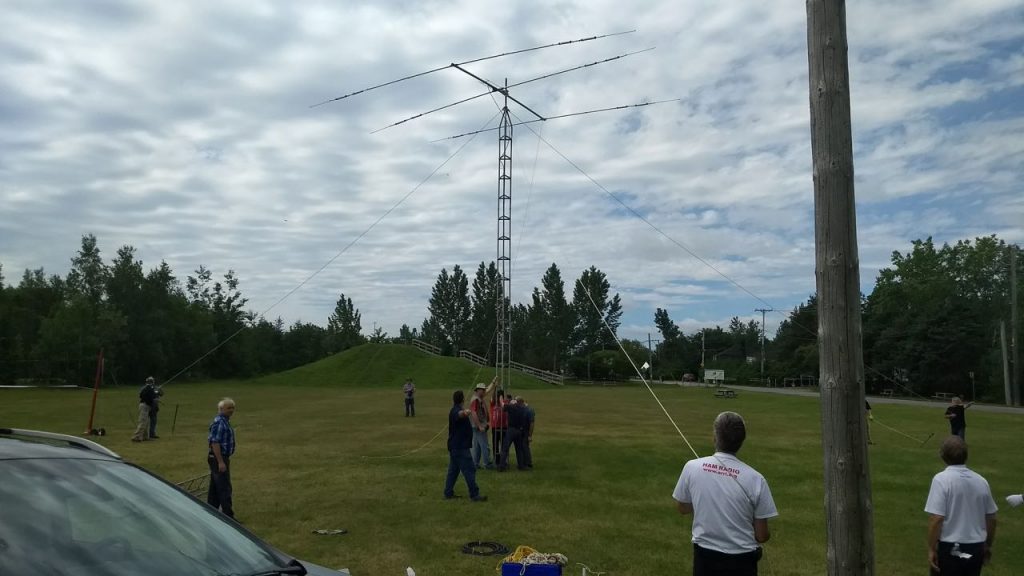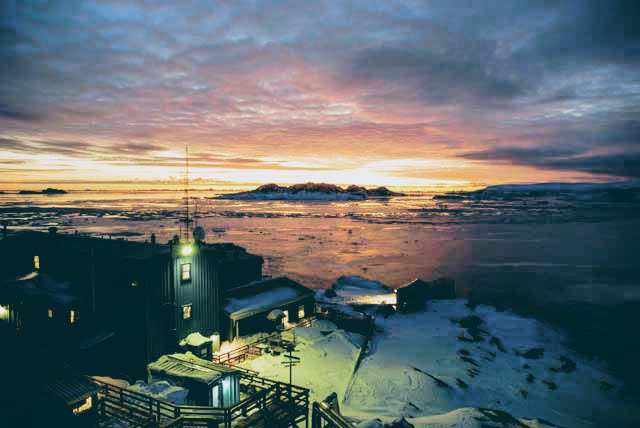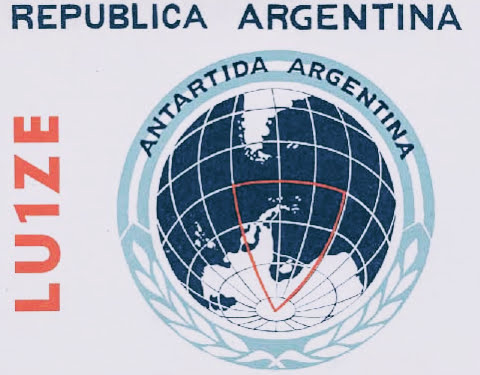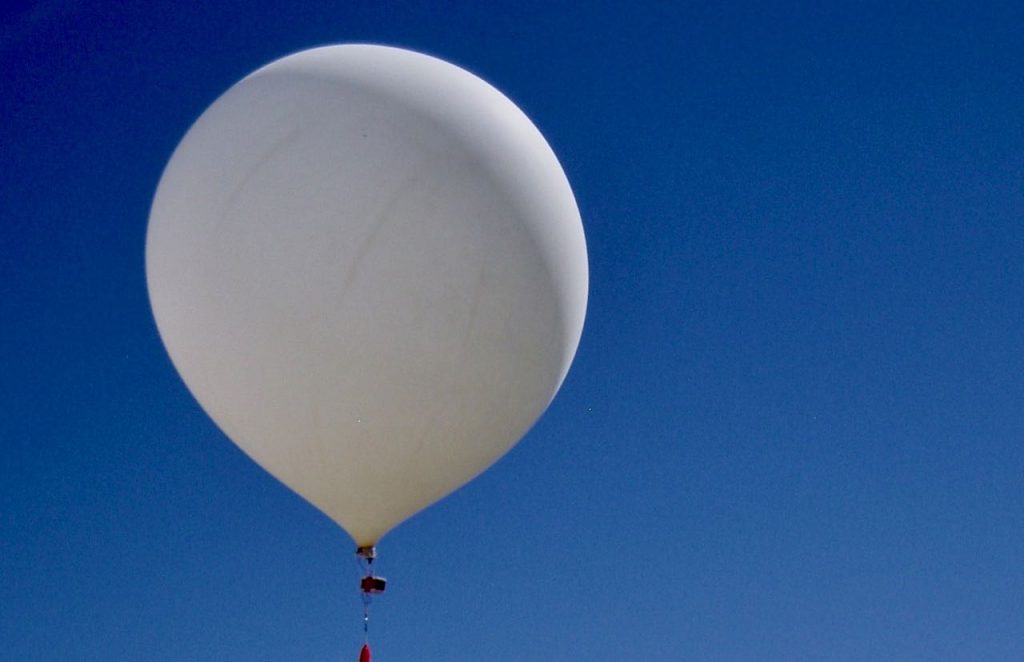Many thanks to SWLing Post contributor, Bill (WD9EQD), who writes:
Shortwave Station WTWW is promoting Field Day with a special shortwave broadcast. From their Web Page:
Call in toll free at:
833-390-5085
Promote The Ham Radio Hobby To The Entire World On A Powerful International Shortwave Radio Station – WTWW BY Calling In From Your Field Location and Tell The World about it. Put the members of your Field Day group on the air by passing the phone around. Include special guests and your local city officials. Let’s catch the excitement from the young kids and teens that are visiting your Field Day site. Let’s talk to prospective Hams that have gotten excited by watching your field day activities.
If you can’t get through on the first try to this number – you can leave a message and we WILL call you during the live show. You are welcome to leave a message by calling ahead of time as well!
Let’s give the world a shout from Field Day 2018!
Thank you, Bill and a number of other SWLing Post readers who shared this tip!








